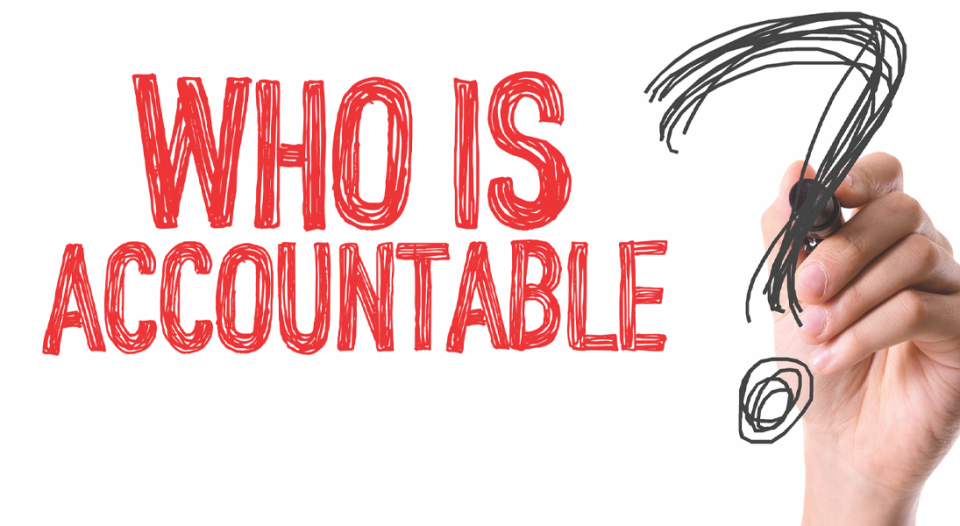It happened on the second morning of synod assembly. Four of us were carpooling to the convention center: a 30-something Black woman from a neighboring congregation and three of us from my church—a 70-something Black woman, a 60-something white woman and me, a white 60-something too.
We revisited the previous day’s discussion during our drive. Although racism wasn’t the theme of the assembly, concerns about it permeated the bishop’s opening remarks and discussions on voting matters. A resolution to direct the synod to implement antiracism measures was on the agenda that morning.
After parking, we headed to the elevator. As the doors were about to close, a fifth person—an older white woman I’ll call Patricia—joined us. She stood near me and faced Gladys, the older woman in our group. Gladys smiled at her and said, “Good morning.” I anticipated Patricia’s response, but there was none—not even a flinch. I watched Gladys’ smile fade as she eventually looked away. The two other women were talking and unaware of what had happened.
I was stunned but uncertain that I’d read the interaction accurately. It seemed that Gladys’ greeting was ignored. When we exited the elevator, we followed Patricia into the synod assembly. She was one of us.
As the program began, I thought about the term “microaggression” and how it described what I’d observed. Microaggressions are subtle insults directed at a person of a marginalized group, including anyone who doesn’t fit in with the dominant culture. They may be unintentional—a reflection of a person’s unconscious bias—or may be an indirect form of prejudice and discrimination.
When microaggressions are overlooked, the chore of dealing with them is left to the target of the insult. If the target feels maligned, they may be accused of being overly sensitive. Or the offender might say, “That’s not what I meant.” Regardless, the recipient of the snub is left to deal with it on their own.
When we were on a break, I told Gladys I’d seen her greet Patricia. “Did she respond to you?” I asked.
Gladys said the woman stared blankly at her and added that incidents like this had happened to her before.
I knew how I would feel if it had happened to me. I had observed the interaction, and that implicated me. I wasn’t a neutral bystander—I was a witness, and witnesses have responsibilities. I wanted to ask Patricia what she had experienced in the elevator and received Gladys’ permission to do so.
I found Patricia in the hallway. “We were together in the elevator this morning,” I said. “My friend Gladys smiled at you and said good morning. You didn’t respond to her. What happened?”
We’re accountable, not just to God at some appointed judgment hour, but to each other for our daily words and deeds.
Patricia said she had difficulty hearing and wasn’t sure what Gladys had said. I said it was much noisier in the conference hallway where we were talking and she could hear me fine.
Patricia added that she had driven by herself into the city, and it made her anxious. I let her words hang between us.
She then said, “I knew it was wrong not to answer her, but then I didn’t know how to fix it. Will you help me apologize?”
I found Gladys and we gathered at the back of the assembly hall. Patricia apologized for not acknowledging Gladys.
Gladys said, “I accept your apology.” Then she asked, “Do you know how it made me feel? It made me feel invisible.”
Patricia apologized again and thanked Gladys for giving her the chance to make amends. Gladys thanked Patricia for acknowledging her mistake. Both women smiled and seemed satisfied.
But I still couldn’t resolve what had transpired. In the afternoon, I went to Patricia and asked, “Are you OK with what happened this morning?”
Patricia said, “Yes, why?”
“Because I put you on the spot,” I said. “I want to know if you’re OK with the apology or if you felt coerced or cornered.”
Patricia repeated that she appreciated the opportunity to apologize: “I don’t know what got into me. That isn’t the kind of person I want to be. All I did was apologize.”
I said, “It might have been just an apology to you, but Gladys is almost 80 years old, and this is the first time someone apologized to her. She won’t forget today.”
Feedback at home
When I got home, I told a few friends—women who identify as Black—about my experience and invited their feedback. The first friend was surprised I took a stand. “It’s exhausting to always have to battle these situations on your own,” she said. “It makes a difference to me to know you’d speak up instead of keeping quiet.”
The next response was different. “There you go,” she said, “using your white privilege to insert yourself into someone else’s affair. White people think they can fix anything. We don’t need white saviors.”
It wasn’t the reaction I expected, but I was grateful for it. My friend’s comments were a warning to examine my motives for interfering with another person’s business, particularly when it’s uninvited.
The third woman said, “You got involved because you know Gladys. Would you do the same for a stranger?” Her question pushed me to confront my own lingering biases.
We’re accountable, not just to God at some appointed judgment hour, but to each other for our daily words and deeds. The apostle Paul, in his letter to the church at Corinth, counseled them about the divisions they were experiencing. He wrote “that there should be no division in the body, but that its parts should have equal concern for each other” (1 Corinthians 12:25; New International Version).
At synod assembly that morning, we—Patricia, Gladys and me—held each other accountable. We took turns explaining ourselves with honesty, and we listened with compassion. As we did the work to repair our relationships, we leaned into the fullness of the one body of Christ.






